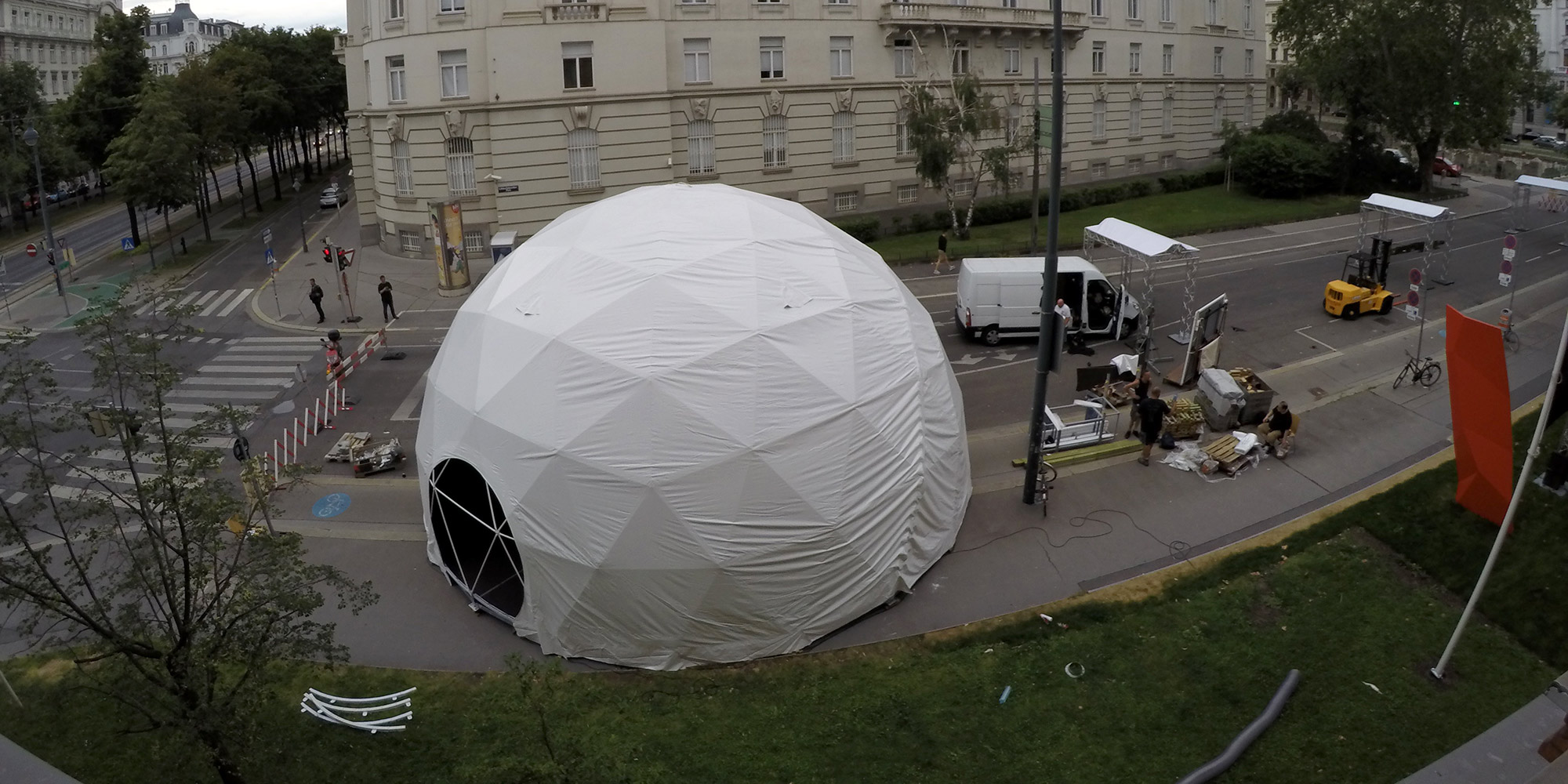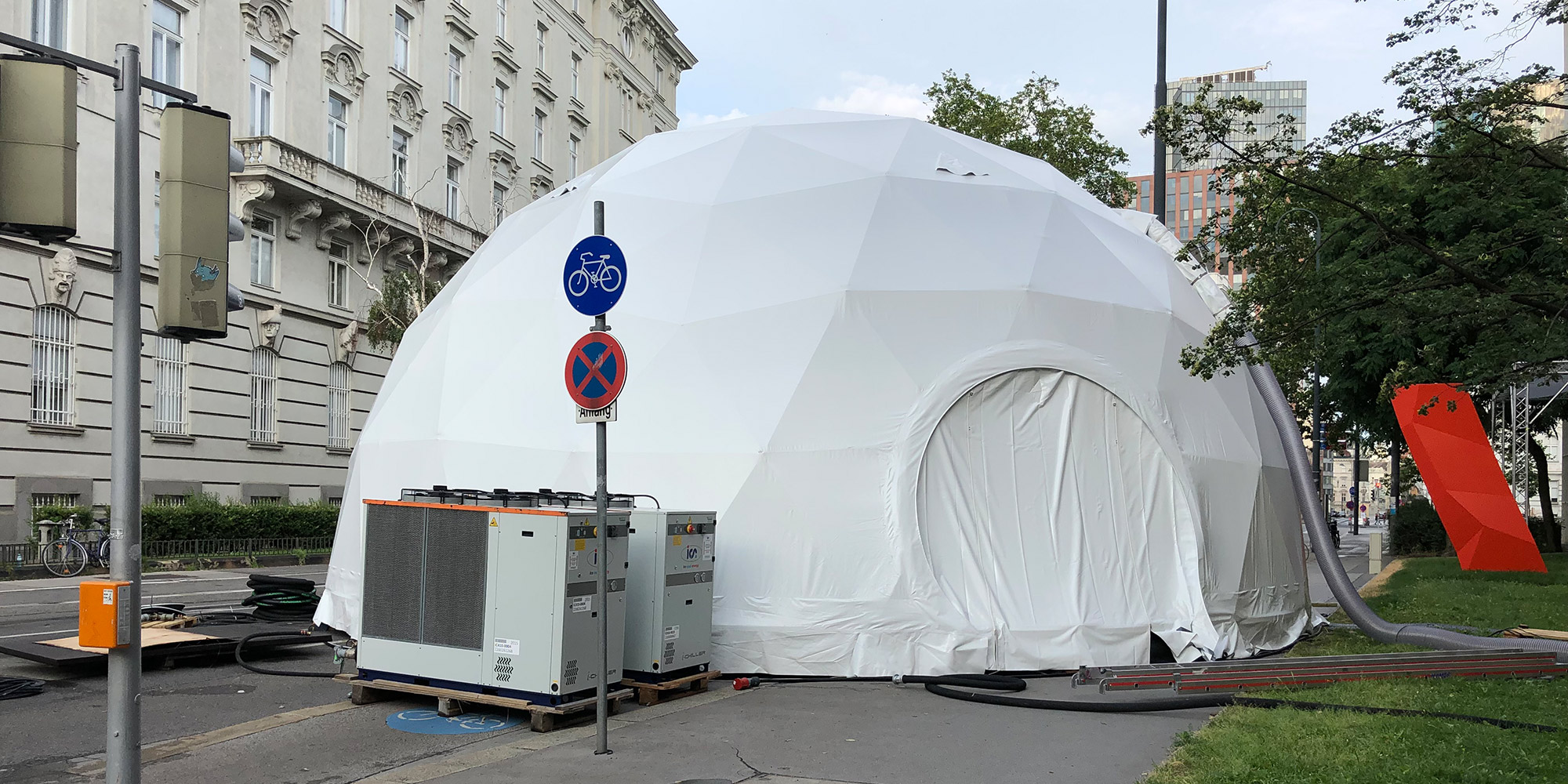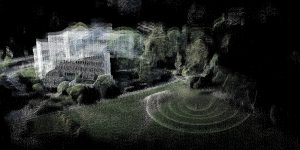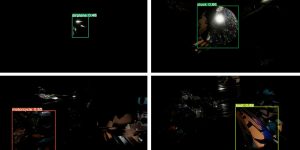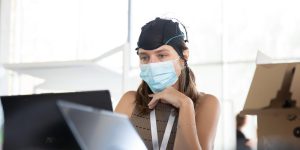The Fulldome/VR & AR Lab at the Digital Arts Department of the University of Applied Arts Vienna is a platform for new creative processes with a focus on digital applications for fulldome, VR, and AR environments. Experimental research projects are carried out through interdisciplinary exchange among students, teachers, and researchers working to develop new artistic grammars while questioning the influence of immersive devices. The dome at Ars Electronica is part of the Lab’s infrastructure.
University Research Infrastructure Environment
Since its inception in 2013, the Fulldome / VR & AR Lab at the Department of Digital Arts in Vienna directs and participates in an ensemble of artistic research projects, with a particular focus on the research and development of new digital applications for Fulldome, virtual reality, and augmented reality environments. Blurring the boundary between the physical and virtual worlds and allowing users to experience a sense of immersion, these media environments have become increasingly pervasive and influential in our daily lives. Questions and experiments on holistic audiovisual spatial experiences and on topics that are decisive for the future development of our society are central to the research lab.
Since the inauguration of the Fulldome / VR & AR Lab, students, teachers, and researchers from many disciplines have been benefitting from the interdisciplinary exchange and knowledge-sharing around these new methods of capturing, synthesizing, and re-envisioning our world.
The dome installed at Ars Electronica is part of the Lab´s infrastructure.
Applications and usage examples:
- Development of new artistic grammars in the field of immersion
- Research of new narrative image and audio concepts
- New concepts and formats in the fields of virtual reality, interactivity, artificial intelligence, gaming, online communities and social networks
- Interdisciplinary platform for new creative processes
- Interactive 360˚ virtual walkthrough to produce a new quality of physical experience
- Research and practical experiments in perceptual research
Screenings
Liminal Spaces / 360˚ Film Screening / Collaboration Projects Alliance Angewandte & JKU / Future Room
Timetable
Program
Project Credits / Acknowledgements
E / M / D / L (European Mobile Dome lab for Artistic Research).
Project leader: Martin Kusch and Ruth Schnell. Partners: Department of Digital Arts, University of Applied Arts Vienna (A), i-DAT / Institute of Digital Art and Technology, University of Plymouth (UK), Trans-Media-Akademie Hellerau (GER), UoA NTLab (GR), Society for Arts and Technology [SAT] (CA), kondition pluriel (CA).
SAVATAP (Socially Aligned Visual Arts Technology and Perception),
Project leaders: Gerald Bast, Martin Kusch and Ruth Schnell.
Partners: Department of Digital Arts, University of Applied Arts Vienna (A), Austrian Research Institute for Artificial Intelligence /OFAI (A), Department of Basic Psychological Research and Research Methods at the University of Vienna (A).
Other ongoing collaborations: Spon On MozART Project, with Mozarteum Salzburg / TRANSFORM Project, with Johannes Kepler University and Danube University Krems / Le-Fo Project, with University for Art and Design, Department of Interface Cultures and Danube University Krems; all supported by the Austrian Federal Ministry of Education, Science and Research
Biographies
Martin Kusch is an interdisciplinary artist, artistic researcher, assistant professor and director of the Fulldome / VR & AR Research Lab at the Department of Digital Arts, University of Applied Arts, Vienna. He is the founder and artistic co-director of the media performance group kondition pluriel. Martin is particularly interested in the transformation processes of electronic media within performative contexts and how digital technologies influence our perception of the body and space. He studied art history, philosophy and painting in Berlin; and media arts in Vienna (www.konditionpluriel.org).
Ruth Schnell is a media artist based in Vienna. She is head of the Digital Arts Department at the University of Applied Arts Vienna. Her corpus of work includes video installations, interactive video environments, and light installations. She is an expert in dynamic projection and has done pioneering work by investigating the spatial implications of after-image phenomena using LED light sticks. In 1995, she represented Austria at the 46th Biennale di Venezia. Since then, her work has been widely acclaimed and exhibited internationally. ruthschnell.org


